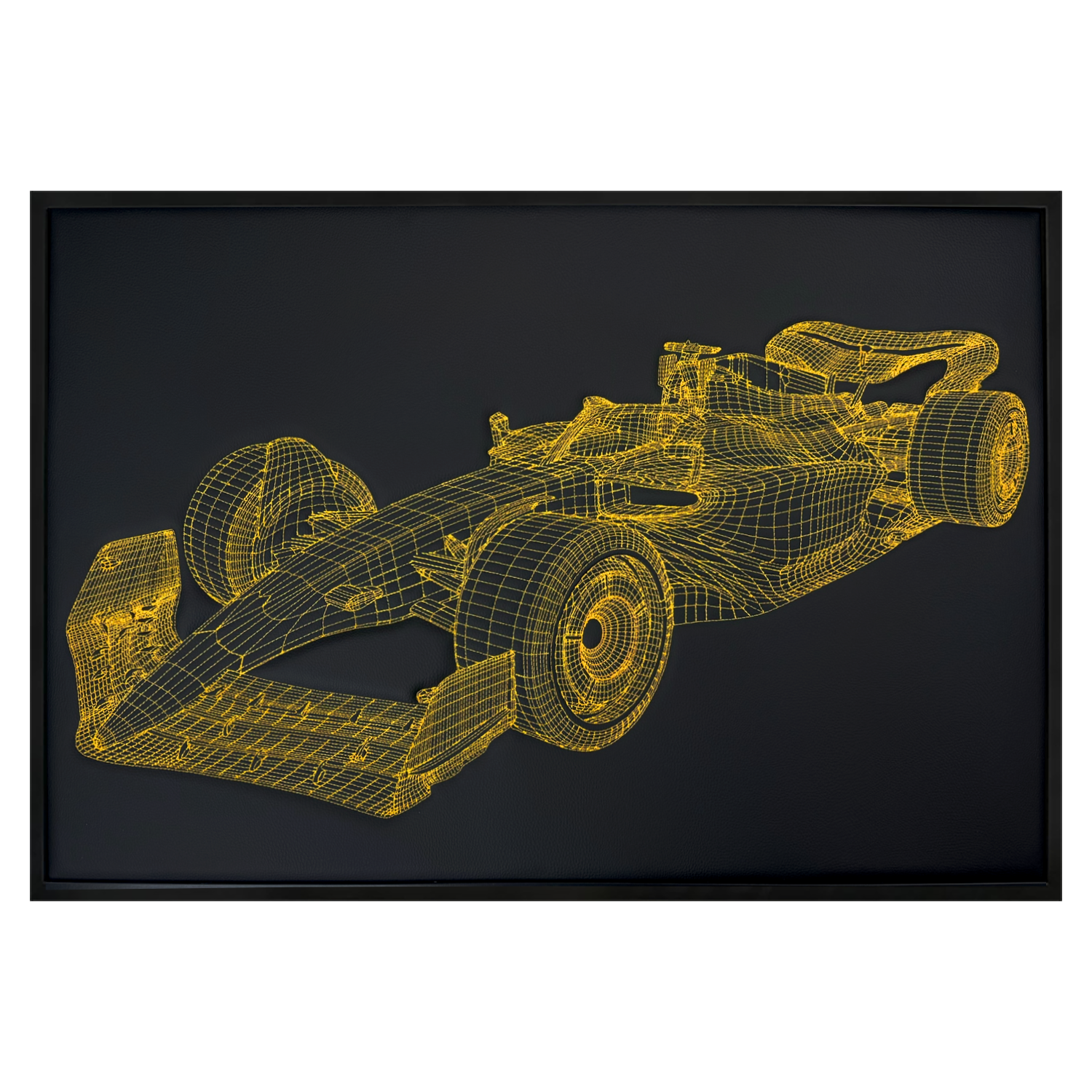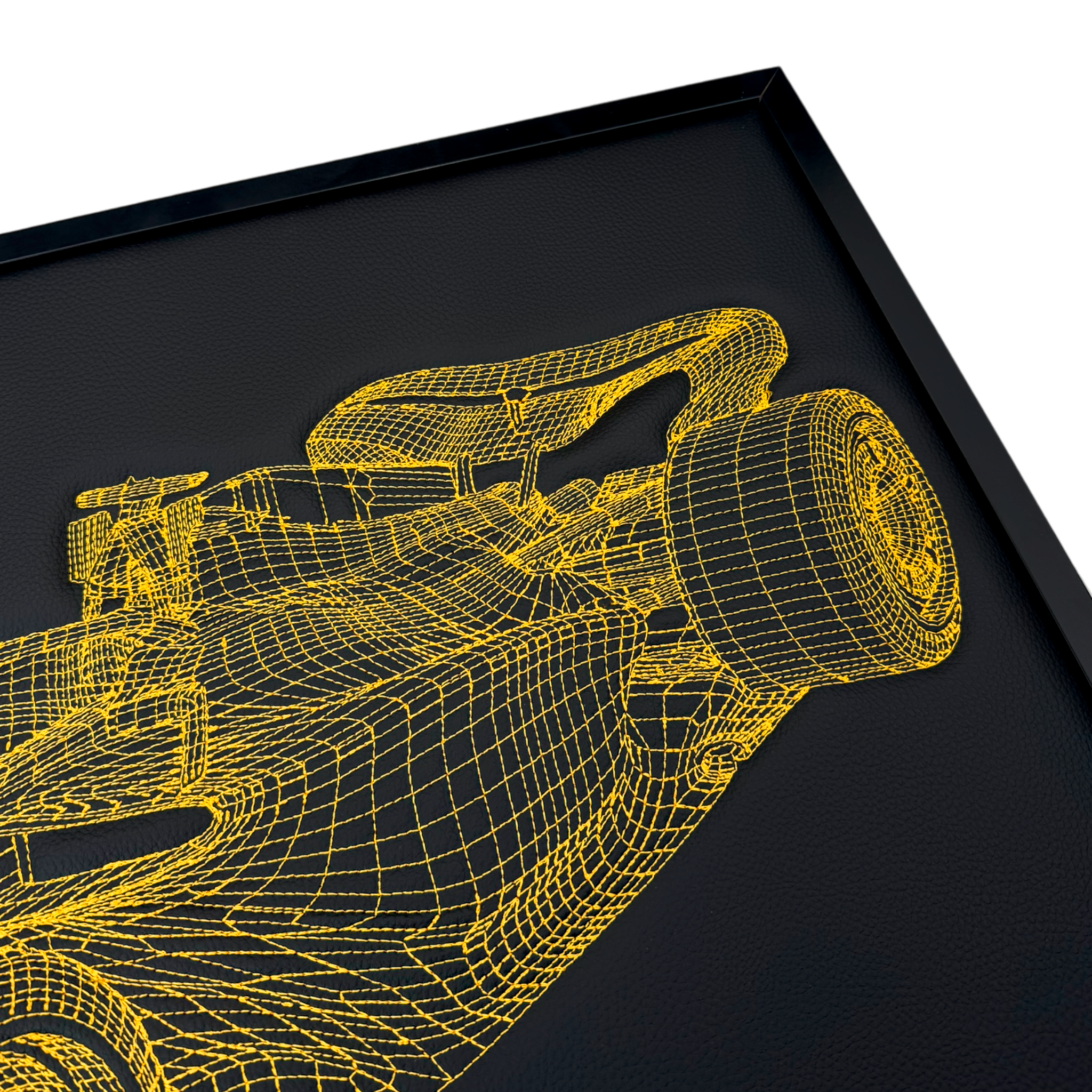BMW 3 Series E30 Sedan (1982–1994): The Boxy Classic That Still Feels Alive
I’ve spent enough time with the BMW 3 Series E30 Sedan to know two things: it’s smaller than memory suggests, and somehow bigger in personality. The first time I took an E30 down a broken back road, the steering chattered in my hands like an honest friend, the chassis breathed with the surface, and I caught myself grinning at 40 mph. No heroic speeds. Just that old-school BMW balance that made the brand famous.
If you’re here to relive that vibe—or to keep your own E30 in rude health—you’re in the right place. At AutoWin, the team gets why this compact executive remains a cult hero. And yes, a good set of floor mats matters more than you think. But we’ll get to that.

Uncovering the Legacy of the BMW 3 Series E30 Sedan
Launched in 1982 as the second-gen 3 Series, the E30 Sedan refined BMW’s “driver-first” formula. Clean lines, tidy proportions, and an upright greenhouse—there’s a reason it looks right from every angle. Across its 1982–1994 run, the E30 evolved from carb-fed four-pots to silky sixes and even an all-wheel-drive variant, the 325iX—the first AWD 3 Series.
What made the E30 special then still holds up today: hydraulic steering that talks, a chassis that rotates without scaring you, and an interior that’s all crisp ergonomics and thin pillars. You get performance without pretense and comfort without bloat. Like slipping into well-made leather shoes after a day in foam sneakers.
Driving and Living With the BMW 3 Series E30 Sedan
On a brisk morning, an M20-powered 325i fires with a cultured thrum—more straight-six silk than snarl. Around town, the car feels light on its toes. The clutch is honest, the five-speed’s throws are purposeful, and the brake pedal’s firm. At highway speeds, it settles. Quiet enough to hear your kids arguing in the back, which, depending on the day, is either proof of refinement or a flaw.
BMW 3 Series E30 Sedan: Engines and Performance at a Glance
- 318i (early M10, later M40 1.8L inline-4): roughly 101–113 hp; 0–60 mph in the low 10s; frugal and simple.
- 318is (M42 1.8L DOHC inline-4): about 134 hp; rev-happy, lighter nose, sweet balance.
- 320i/320iS (markets vary): mid-120s hp; understated sweet spot in some regions.
- 325e/325es (2.7L “eta” inline-6): around 121–127 hp; long-stroke torque, relaxed gearing.
- 325i/325is (2.5L M20 inline-6): around 168 hp; 0–60 mph in the high 7s with a manual; the enthusiast’s default.
- 325iX (AWD): same 2.5L six with all-weather grip; a cult favorite today.
Real-world economy? Expect roughly 18–24 mpg for six-cylinder cars and up to the high 20s for four-cylinders if you keep the revs in check. Weight ranges roughly from 2,600 to 2,900 pounds depending on spec. Light by modern standards, which is precisely the point.
BMW 3 Series E30 Sedan vs. Its Period Rivals
| Model | Years (approx.) | Power Range | Drivetrain | Character |
|---|---|---|---|---|
| BMW 3 Series E30 Sedan | 1982–1994 | ~100–168 hp (non-M) | RWD; AWD (325iX) | Talkative steering, playful balance, compact footprint |
| Mercedes 190E (W201) | 1982–1993 | ~102–185 hp (non-Cosworth) | RWD | Bank-vault build, calmer dynamics, understated |
| Audi 80/90 (B3/B4) | 1986–1995 | ~90–170+ hp | FWD; quattro AWD | All-weather grip, tidy interiors, less steering feel |
BMW 3 Series E30 Sedan: Parts, Care, and the Right Accessories
Preserving an E30 is part wrenching, part ritual. Keep an eye on rust (rear arches, sills, battery tray), refresh bushings, and respect timing belts on M20 sixes. Small quirks? Window switches that require a learning curve, dim dash bulbs, and an odometer that occasionally clocks out. Charming? Mostly. Annoying? Sometimes. Fixable? Definitely.
Interior bits make a bigger difference than people think. Fresh mats, clear carpets, tidy sills—suddenly the car feels loved again. That’s where AutoWin comes in with tailored accessories that actually fit right the first time.
Premium Mats That Fit: An Everyday Upgrade
If you’re still running threadbare OEM carpet, it’s time. Proper floor protection keeps the cabin looking sharp and your resale stronger. I’ve tried a set that didn’t fit—fastest path to swearing in German. The sets below are built for the 3 Series E30 Sedan and feel sturdy underfoot.
- Tailored fit for the E30 Sedan floorpan—no curling corners.
- Hard-wearing materials that don’t go shiny or slippery.
- Color and edge options to match or contrast your interior.
- Easy to clean after a muddy cars-and-coffee or a ski run.
If you’re gearing up your BMW for the next chapter, AutoWin’s selection for the 3 Series E30 Sedan is both broad and curated. From mats to other interior pieces, it’s all built around fit, finish, and longevity.

The Best Place to Buy Floor Mats for Your BMW 3 Series E30 Sedan
Shopping should be easy, not a parts-bin treasure hunt. The AutoWin e‑shop lets you browse by model—BMW 3 Series E30 Sedan—with secure checkout and sensible shipping. I’ve pointed a few new owners there after they bought a clean car that still had the original, coffee-stained carpeting. A week later? The cabin looked ten years younger.
BMW 3 Series E30 Sedan: Ownership Nuggets
- Routine care: timing belt service on M20 engines is non-negotiable; DOHC four (M42) uses a chain.
- Chassis: rear subframe and trailing arm bushings transform the feel when renewed.
- Electrical: blower motor resistor, odo gears, and window switches are common fixes.
- Body: inspect jacking points, rear arches, battery tray, and the lower windshield frame for corrosion.
- AWD note: 325iX parts are more specialized—great all-weather sedan, but budget accordingly.
BMW 3 Series E30 Sedan: Why It Still Works Today
Because it’s honest. You don’t need 400 hp to make a commute feel like a drive. The E30 fits in a modern garage, threads city streets without stress, and still has that slight mischievous streak on a Sunday B-road. It’s also a car that rewards care. Keep it stock-ish, keep it maintained, and it’ll give back more than it asks.
Conclusion: The BMW 3 Series E30 Sedan Is the Sweet Spot
Classic enough to turn heads, modern enough to use daily—the BMW 3 Series E30 Sedan hits that rare middle ground. Whether you’re hunting the perfect 325i, nursing a 318i back to health, or just refreshing the cabin with proper mats from AutoWin, this boxy legend still delivers the thing that matters most: feel. And, honestly, that’s why we’re all here.
FAQ: BMW 3 Series E30 Sedan
- Which E30 sedan engine is best for daily use?
For balance of power and simplicity, the 325i’s 2.5L six is the sweet spot; the 318is is lighter and revvier if you prefer a four. - What should I check before buying an E30?
Rust (arches, sills, battery tray), timing belt history on M20 cars, suspension bushings, and electrical odds like odometer gears. - How does the 325iX differ?
It adds AWD for all-weather confidence; parts are more specialized, so plan maintenance accordingly. - Are there easy interior upgrades?
Yes—tailored floor mats from AutoWin keep carpets fresh and improve resale; shift boots and steering wheel rewraps also lift the cabin. - Is the E30 expensive to maintain?
Not if you stay ahead of preventative care. Parts availability is strong, and many jobs are weekend-DIY friendly.
















